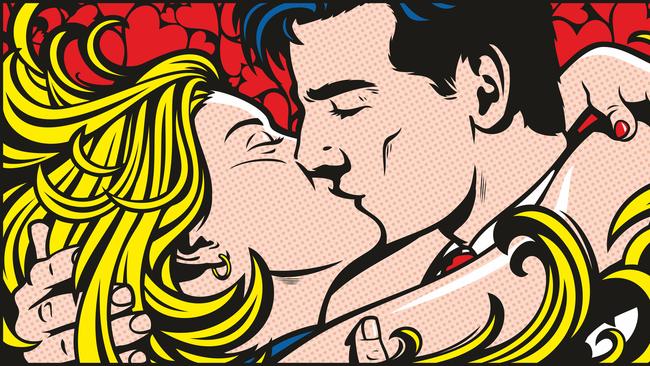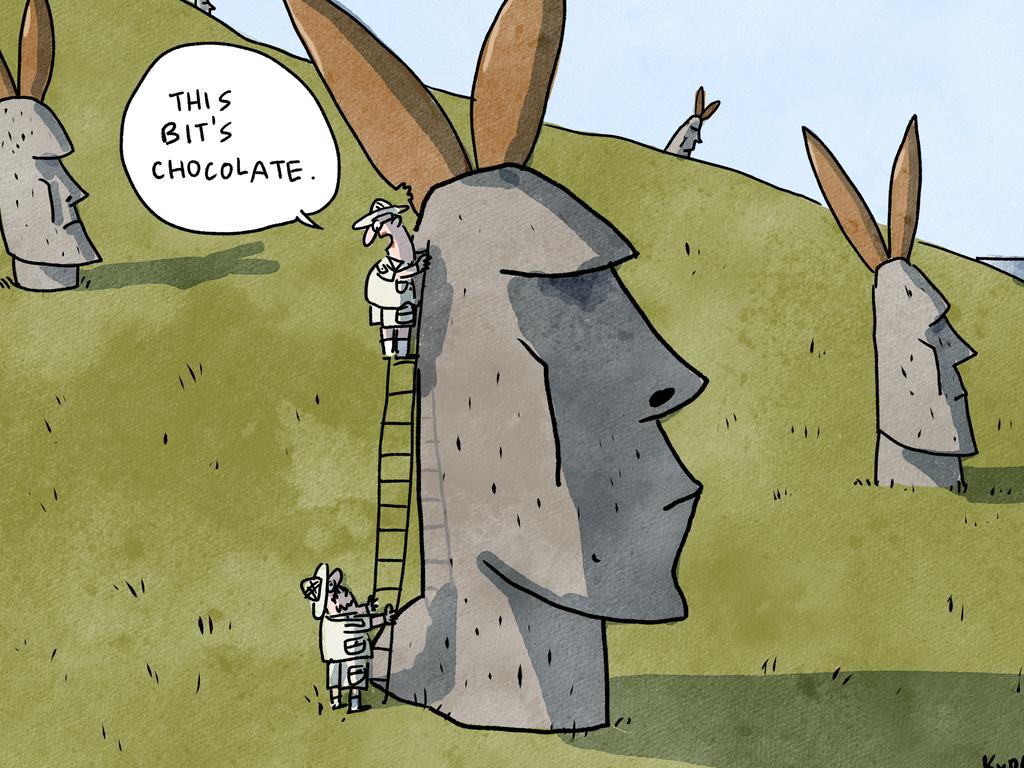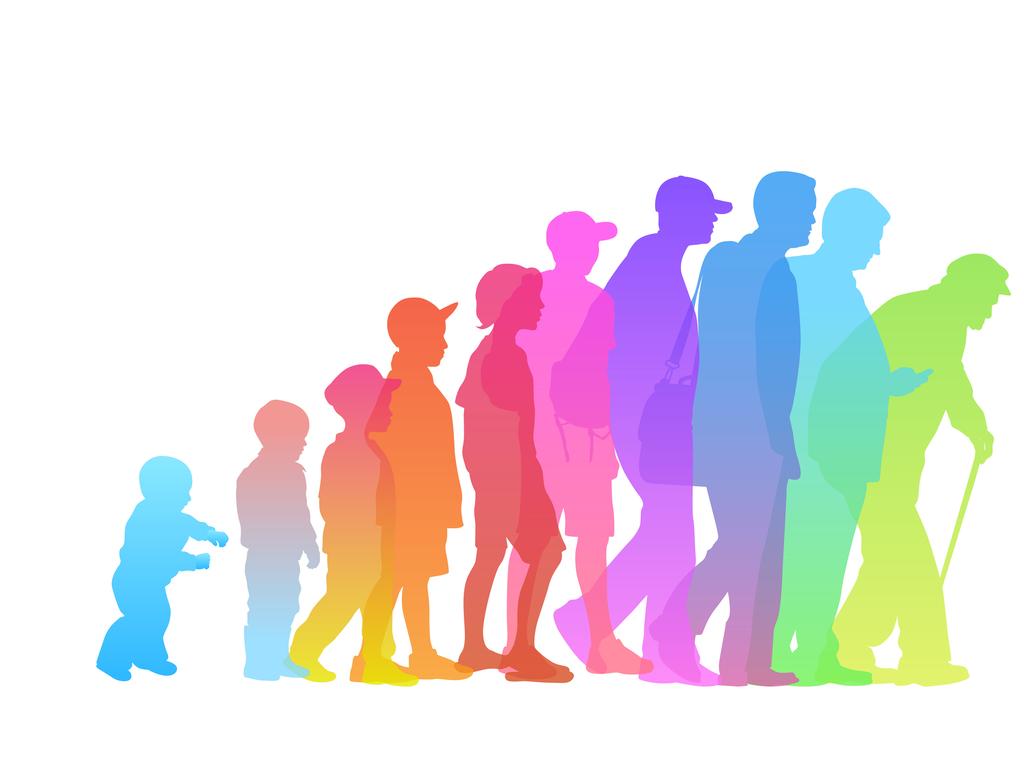The ‘anxious generation’ is turning off smartphones in search of love

But we don’t want to feel depressed about our future citizens, so let’s look for signs of life.
No, don’t Google it. This time, we have to look up from the screens to find what young people are doing in life and, more particularly, in love.
The word is that under-25s are disenchanted with online dating and want to find romance the way their parents did or, preferably, the way Meg Ryan did in the 1989 movie, When Harry Met Sally. They are breaking up with dating apps, they’re ready to swap swiping for serendipity and they hate roses that only arrive in emojis.
One way this is manifesting is the craze for meet-cutes. This awkward-sounding movement describes a hankering for the cute ways that people met their love. Sometimes, this involves badgering grandparents for stories of how they met falling off a bicycle but, more often, it’s about idealising the random ways that movies set up meetings between love interests.
Think of spilling orange juice (Notting Hill), reaching for the same pair of gloves (Serendipity), causing a car crash (Reality Bites) or glimpsing each other through a fish tank (Romeo and Juliet, the Baz version). In the days before dating apps, single Australians might hang around the banana stand in the supermarket in the hope they would reach for a bunch at the same time as a hottie.
Other under 25-year-olds are returning to social media to tap into networks of friends’ friends for possible dates; they are TikToking tips on how to engineer serendipitous meets in the wild (aka real life), or they’re speed dating just like their parents did in the ’90s.
When they explain why they no longer want an algorithm to pick their life partner, they say they want to experience something organic, spontaneous, authentic, so they’re looking back to more romantic times to see how their parents/grandparents did it.
This explains the other craze that has captured a generation where four in 10 describe themselves as romantically idealistic – the nostalgia for TV shows of the 2000s. Streaming services have given this Gen Z access to teenage shows that were popular when they were babies (or even thought bubbles) and series like Gossip Girl, Dawson’s Creek, Gilmore Girls, The O.C. and 90210 suddenly have both fan pages and big audiences on back channels.
For a generation raised on technology-enhanced media, it’s surprising that they find these low-fi shows so charming. But that is exactly why. Teen shows that were made before the arrival of social media show young people hanging out, talking to each other, flirting, fighting and actually doing stuff in the wild (then known as real life).
Sure, there were meet-cutes in these series but mostly there were messy hook-ups, broken promises, unrequited lust, poor choices and an unwavering sense that somewhere there was The One. The shows were lessons in dating without the sermons.
Readers of Haidt’s book might realise a coincidence in the popularity of shows from the 2000s and the search for a style of dating that predates dating apps. Both are a hankering for life before 2010, which is the year that Haidt says young people became captured by the digital life of social media, gaming and porn. To use his metaphor, it was the year parents sent their kids to Mars on a digital rocket and hoped for the best. The kids now want to return to Earth.
Macken.deirdre@gmail.com







If you want to feel depressed about young people, read Jonathan Haidt’s The Anxious Generation, which describes how kids who were bathed in a digital life are now emerging into real life handicapped socially, intellectually and emotionally.